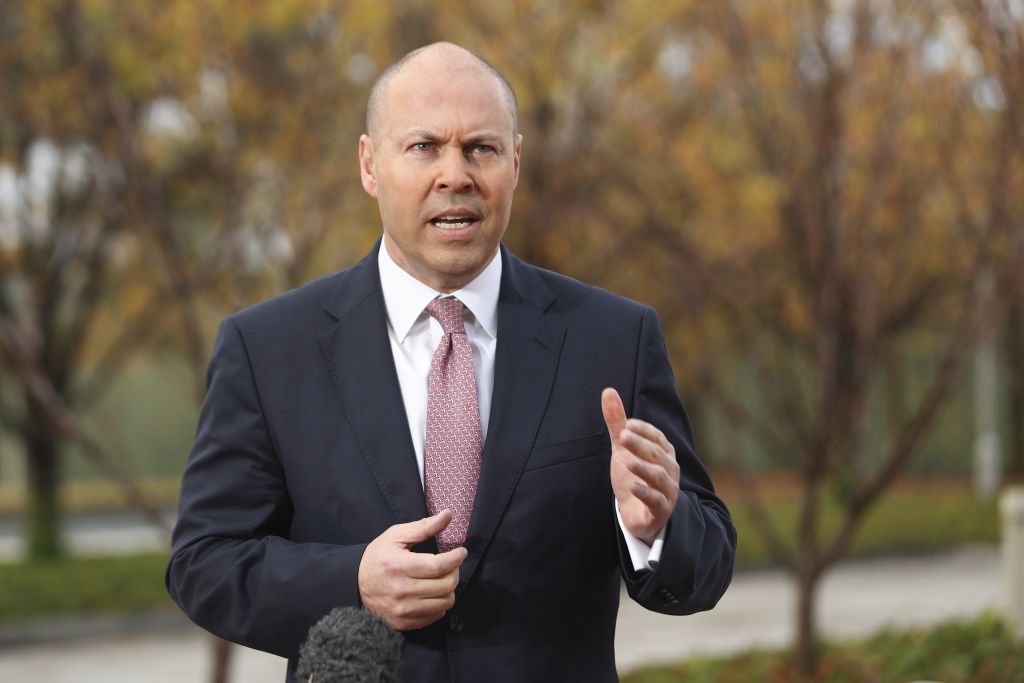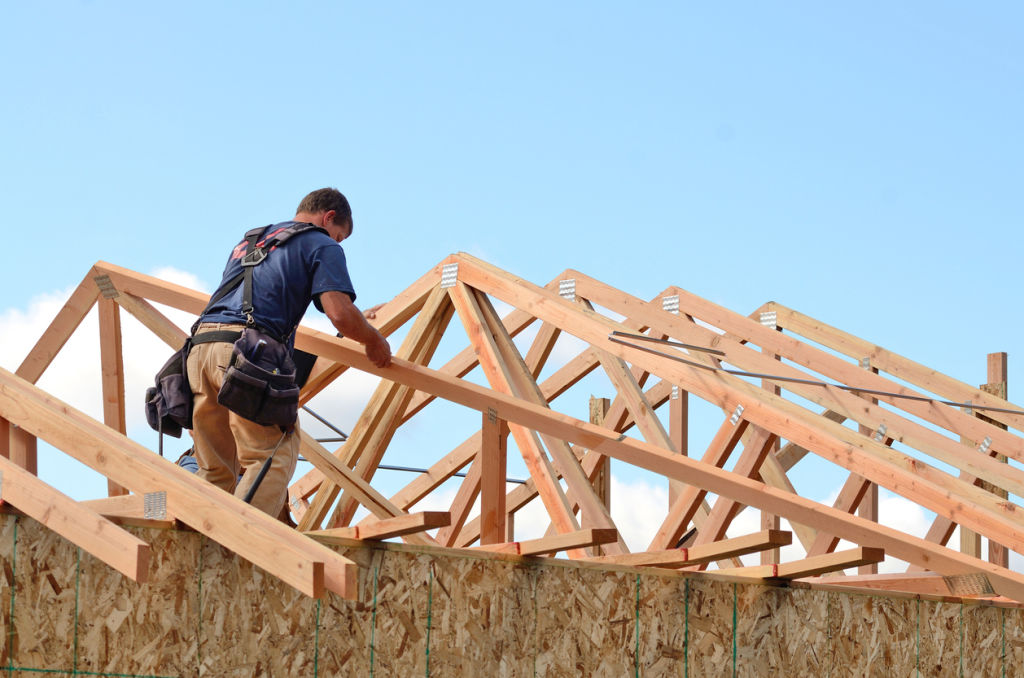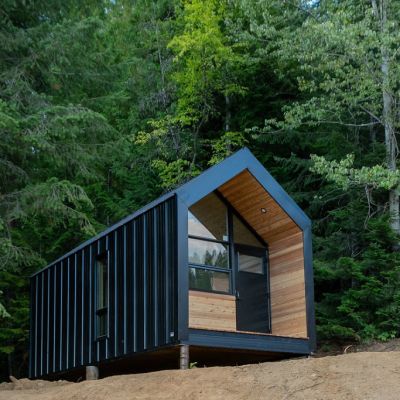Federal budget 2021: HomeBuilder unleashes $30b construction boom - but it won't last

A $30 billion residential construction boom has been unleashed by the federal government’s HomeBuilder scheme, but the current run in prices and activity is not expected to last.
Helping more Australians into home ownership was a priority in this year’s federal budget, released on Tuesday night, with the extension of first-home buyer loan and saving schemes, and changes to a downsizer incentive to help free up larger homes for young families.
But despite a wave of construction work supported by the HomeBuilder scheme — grants of up to $25,000 for new builds or renovations that the Budget expects to support more than $30 billion in residential construction activity — strong housing market activity is “not expected to be sustained”, budget papers said.
More than 120,000 HomeBuilder grant applications have been made, four times more than what was initially expected.
But having brought forward construction demand, the work is tipped to unwind over coming years, with dwelling investment expected to fall by 2022-23.
At the same time, slowing population growth and a preference for outer-suburban, spacious, detached housing may limit demand for apartments and curtail unit construction in the coming years, budget papers said.
“As the outlook for elevated levels of detached house construction unwinds, slower population growth is also expected to limit demand for higher-density dwellings in coming years, such that the recent strength in housing market activity is not expected to be sustained,” the papers said.
For now, the near-term outlook for housing activity has strengthened, with the government noting record low interest rates and “highly accommodative” monetary policy settings had further supported demand.
Tuesday’s budget confirmed the government would provide a $782.1 million housing package over four years to increase home ownership, support residential construction jobs, and enhance housing data.
The government will also provide an additional $124.7 million to states and territories over two years for social and community service workers in the housing and homelessness sectors, and to help states with social housing.
The bulk of the housing package ($774.8 million) will be spent on HomeBuilder grants over the next two years, after the construction commencement requirement was extended from six months to 18 months for existing applicants.

Remaining funds will be used to support housing research, and to establish the Family Home Guarantee and extend the New Home Guarantee, which allow single parents and first-home buyers to purchase with smaller deposits, with a government guarantee waiving the need for lenders mortgage insurance.
From July 1, 10,000 guarantees will be made available over four years to eligible single parents with dependents to build a new home or purchase an existing home, with a deposit of as little as two per cent.
No alternative price caps were suggested for the family guarantee scheme, which will be available for both first-home buyers and previous owner-occupiers.
There will be a further 10,000 places for first-home buyers to build or buy a new home, with a deposit as low as 5 per cent, in addition to the 10,000 places already scheduled to roll out for existing homes.
First-home buyers will also be able to release up to $50,000 in voluntary contributions into their superannuation, to pull together a deposit faster, under the extended First Home Super Saver Scheme – previously capped at $30,000 in voluntary contributions.
Under the changes a couple, who salary sacrifice $12,500 from their $80,000 annual income, could save more than $86,000 over four years – about $20,840 more than they would save in a standard saving account.
The figure compares to the $48,500 jump in Australia’s median house price over just the first three months of 2021, to $899,509, on Domain data.
In a bid to free up housing supply, the government has extended a downsizer superannuation contribution, which will allow Australians aged 60 or older to make a post-tax contribution of up to $300,000 per person when they sell their family home.
About 22,000 people have taken up the scheme, previously only available to those over 65, since it was announced in the 2017 budget.
A government reverse mortgage program, which had only 3771 participants as of December 2020, has been changed to encourage more Australians to access the wealth tied up in the family home.
For the first time, older Australians will be able to access an annual lump sum of up to $12,385 per year, under the Pension Loan Scheme, with couples able to receive up to $18,670.
We recommend
We thought you might like
States
Capital Cities
Capital Cities - Rentals
Popular Areas
Allhomes
More










